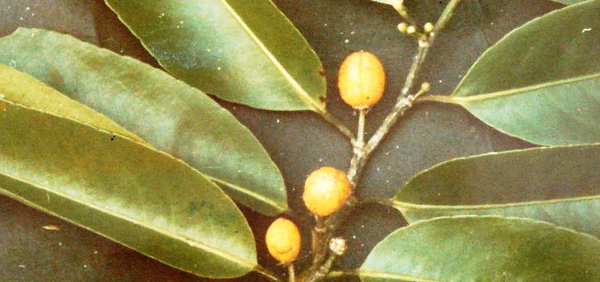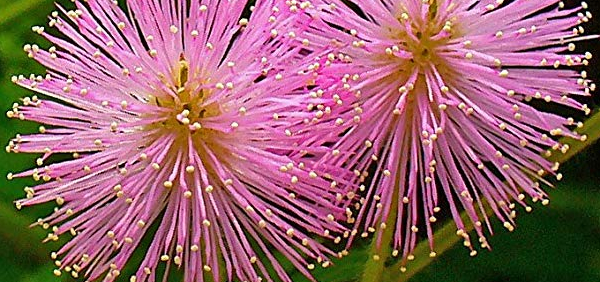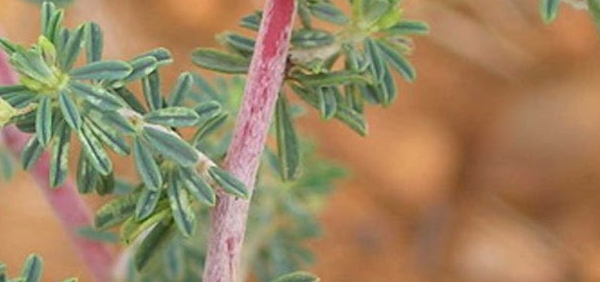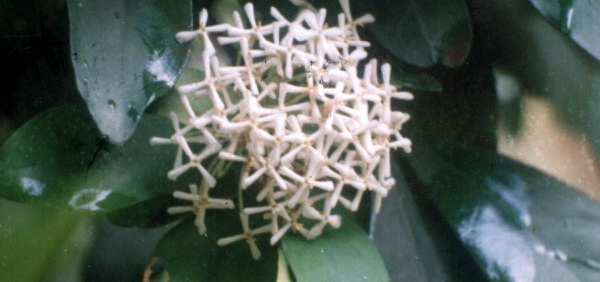agaru:

Geographical distribution:
Found in the Eastern parts of India in July- august.
Also found in Arunachal pradesh , Assam, Manipur, Nagaland, Tripura.
It is also found in Bhutan, Myanmar, Sumatra and Malaysia.
ECOLOGICAL ASPECT:
A member of the family Thymelaeaceae, Aquilaria is a relatively slow- growing, medium sized tree, on average 15-25 m tall, some of the more than 15 species reach heights of as much as 40 m. having a moderately straight stem, it can achieve diameter of up to 250 cm, although some species remain considerably smaller and more shrublike . Most Aquilaria species have smooth, thin, pale gray bark with dense,dark foliage of shiny elliptical to oblong leaves. The small, pale blooms flowering in clusters on the short stalks of the leaf stems produce 3-5 cm long, bivalved fruit capsules in August. Aquilaria regenerates freely under natural conditiona as seedlings around the mother tree or sprouts from the stumps of harvested trees.Plant conservation:
The Agar wood trade in Assam influences the local people to a considerable extent. Promoted by the trade, the private holdings started developing a technique using sand for mass propagation of agarwood tree. Seeds are collected during July and sown in sand media within one or two days after collection. Nurseries are now observed in many places of upper Assam and likewise, the traders provide planting materials to interested growers.
- » Classification and names of agaru
- » Synonyms and definitions of agaru
- » Drug Properties of agaru
- » Chemical Constituents of agaru
- » Standardization of agaru
- » Parts used and Dosage of agaru
- » Morphology and Histology of agaru
- » Distribution and Conservation of agaru
- » Cultivation of agaru
- » agaru in the market
- » Medicinal Uses of agaru
- » Researches and clinical trails of agaru
- » agaruin other sytems of medicine
- » Ayurvedic formulations with agaru
- » Images of agaru












